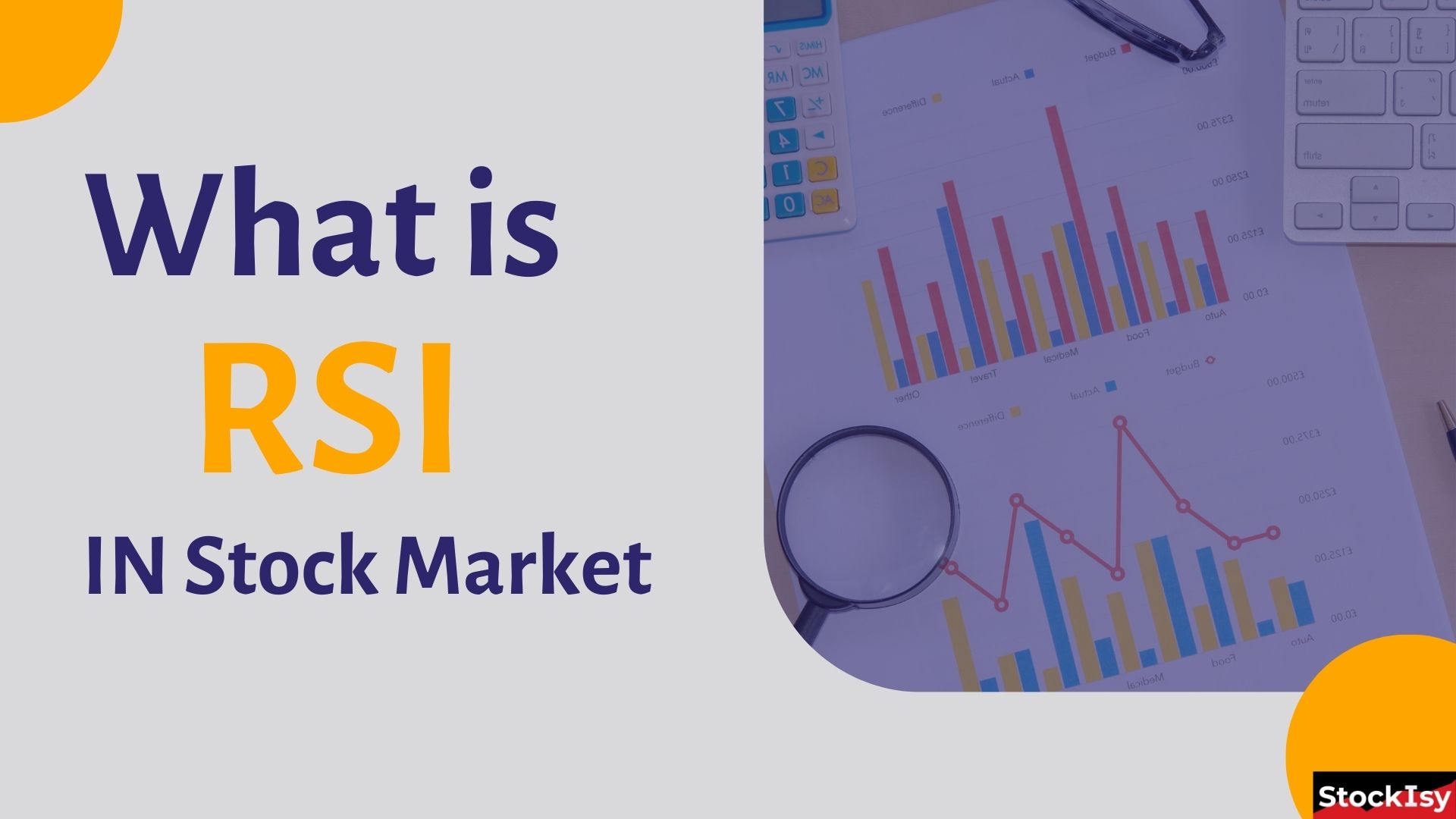India’s stock market is home to several companies with highly valued shares. These companies represent just a few examples of the most expensive shares in India. The high valuation of these shares reflects investor confidence in the companies’ performance, market dominance, and growth potential. However, it’s important to note that share prices can fluctuate based on various factors, including market conditions, company performance, and investor sentiment.
Here is a brief description of some of the most expensive shares in India:
1. Madras Rubber Factory Limited (MRF)

Madras Rubber Factory (MRF) is India’s largest tyre manufacturer and ranked amongst the Top 20 Global Manufacturers, with 9 state-of-the-art factories across India. It is also India’s largest Original Equipment Manufacturer (OEM) tyre supplier with an expansive tyre range from two-wheelers to fighter aircrafts.ry Limited (MRF).
2. Page Industries Ltd

Page Industries Ltd. is engaged in manufacturing garments. Presently, the Company has 15 manufacturing locations. It has six Jockey Exclusive Brand Outlets in the UAE and three in Sri Lanka. The Company was incorporated in 1995 with the key objective of bringing the innerwear brand “JOCKEY” to India.
3. Honeywell Automation India Ltd

Honeywell Automation India Ltd (HAIL) is a market leader in the Electronics-Instrumentation and Process Control Equipment industry. HAIL is a leading provider of integrated automation and software solutions that improves productivity enhancing comfort and ensuring the safety and security to homes and business premises.
4. Shree Cement Ltd

Shree Cement Ltd. is one of India’s premier cement makers. The company’s manufacturing operations are spread over North and East India across six states. The company has a consolidated cement production capacity of 46.40 million tonnes per annum(MTPA) and a power generation capacity of 771 MW. The company is an energy conscious & environment friendly business organization.
5. 3M India Ltd

3M India Limited is the flagship listed company of 3M Company, USA in India. 3M Company, USA holds 75% equity stake in the company and is a diversified technology and science company with a global presence in Safety and Industrial; Transportation & Electronics; Health Care; and Consumer and is among the leading manufacturers of products for many of the markets it serves.
Most of its products involve expertise in technology, product development, manufacturing and marketing, and are subject to competition from products manufactured and sold by other technologically oriented companies.
6. Abbott India Ltd

Abbott India Ltd. is one of the leading multinational pharmaceutical companies in India and operates with an owned manufacturing facility in Goa and various independent contract/third party manufacturers based across the country.
7. Nestle India Ltd

Nestle India Ltd one of the biggest players in the FMCG segment is primarily involved in the Food business which incorporates product groups viz. Milk Products and Nutrition, Prepared dishes and Cooking aids, Powdered and Liquid Beverages and Confectionery.
Also Read | Best Stocks Under 100 rs in 2023







